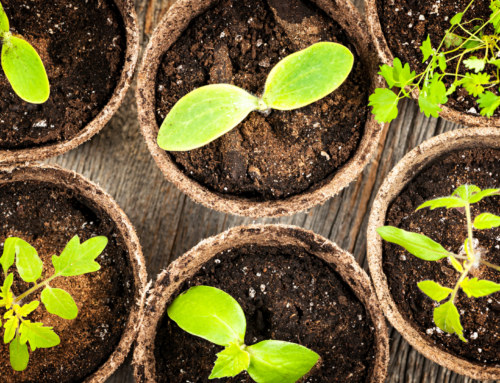In the recent years, sustainability has become a buzzword not only in our everyday lives but also in agricultural and gardening practices. The need for environmentally friendly alternatives has spurred the popularity of products like coco peat. Also known as coir pith or coco coir, coco peat is a byproduct of the coconut fiber extraction process and has been widely embraced by gardeners and farmers worldwide. But what exactly is coco peat, and how do we use it?
What is Coco Peat?
Coco peat is a natural byproduct derived during the extraction of coconut fiber from the coconut husk. This coconut husk comprises of fiber and fine materials. The fiber is used for making various products such as ropes, mats, and brushes, while the leftover fine material, known as coir pith or coco peat, has been discovered to have beneficial properties for gardening and farming.
Its unique properties, such as its excellent water retention ability, make coco peat an exceptional growing medium for both hydroponic and soil-based gardening systems. It’s also a sustainable and renewable resource, as it’s extracted from the hard, internal shell and the outer coat of a coconut.
Utilizing Coco Peat: A Step-by-Step Guide
Coco peat is versatile in use. From a soil conditioner to a bedding medium in worm farming, its applications are vast and varied. One of the most common uses of coco peat is in gardening due to its ability to hold water while also offering good drainage. Its fibrous nature helps improve the structure and texture of the soil, enabling roots to easily absorb nutrients, thus improving plant health.
To use coco peat, you need to first hydrate it. Place the coco peat in a large container, then slowly add water and allow the coco peat to expand. Considering its capability to hold up to 10 times its weight in water, it’s important to ensure you add enough water for full expansion. Once it has expanded and absorbed all the water, the coco peat is ready for use.
You can then mix the hydrated coco peat with garden soil or potting mix in a 1:1 ratio. This mixture is excellent for potted plants, flower beds, vegetable gardens, and other forms of container gardening.
Deciphering Coco Peat Bricks
Coco peat also comes in dehydrated, compressed form, known as coco peat bricks. These bricks are lightweight, easy to store, and convenient to handle.
Using a coco peat brick is straightforward. The brick needs to be placed in a large container and gradually soaked with water. A brick of about 650 grams typically requires around one liter of water to rehydrate fully. The brick will start to expand and break apart into a fluffy, peat-like material.
However, it’s essential to remember that coco peat is naturally low in nutrients. Therefore, when using it as a primary medium for plants, it’s recommended to add some form of fertilizer or a nutrient solution to ensure that the plants receive the necessary nutrients for healthy growth.
The Making of Coco Peat
Coco peat comes from the coconut husk, which is first soaked in water to soften and then beaten to extract the long fibers. These fibers are used in the production of various products, while the residual material, known as coco peat, is dried, sieved, and compressed for use.
This extensive process removes any excess salts and makes coco peat a superior growing medium that is both eco-friendly and beneficial for horticultural use.
Conclusion
Coco peat is an environmentally friendly and sustainable alternative to traditional peat moss that offers numerous benefits. Its excellent water retention properties, coupled with its ability to improve soil structure, make it a worthwhile addition to any gardening project. Available in both loose form and compressed bricks, coco peat is an incredibly versatile gardening tool that promises healthier, more vibrant plants while promoting sustainable gardening practices. With its ever-increasing popularity, coco peat is set to revolutionize the future of sustainable gardening and farming.

